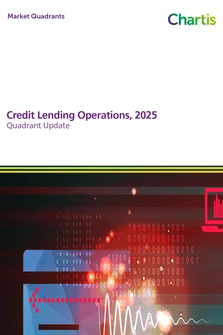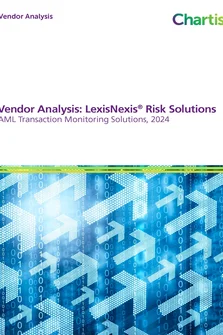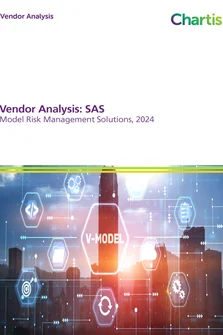<p>In an old joke, a policeman sees a man scrabbling around near a lamp post late at night. The man explains he’s looking for his keys. The policeman helps for a while and then asks the man if he is sure this is where he dropped his keys. The man replies, “No – but the light’s much better here.”</p>
<p>Financial institutions also use their resources to look for risks where the light is. It’s much easier to find a “known unknown” than an “unknown unknown”. Concentrating on risks that are more easily defined and known is relatively simple and cheap, but ignores the threats that lurk in the dark.</p>
<p>And as we saw in the financial crisis, the risks in the dark have the potential to trigger huge systemic loss events. The financial crisis was triggered by losses that few people saw coming, simply because financial institutions weren’t looking for the interconnected risks and patterns that set off these ‘black swan’ events.</p>
<p>This happened because of culture (the ‘streetlight effect’ referred to above) and the limitations of technology. These two factors feed into each other. Firms focus on known unknowns because they’re easier to find and technology doesn’t get better at looking for unknown unknowns because no-one is looking for them.</p>
<p>Search-based methods have dominated because they provide an easy, relatively cheap way to find known risks. By contrast, discovery-based methods, aimed at discovering unknown risks, have failed to develop because until now they have been impractical and expensive. Technology systems could not examine all of the data, which prevented firms from identifying relationships between risks and discovering unknown risks.</p>
<p>But what if firms could leverage all of the relationships in the data from their entire portfolio? What if they could use data management systems proactively as platforms for interactive discovery? This would revolutionize the way that financial institutions manage risk, allowing them to move beyond simply reacting to known threats and enabling proactive discovery of unknown unknowns.</p>
<p>Graph analytics is a technology that has existed for some time, but lacked the hardware and software to make it a viable option for financial institutions to analyze their vast quantities of data. However, purpose-built graph appliances, powered by supercomputing technology, are now available and can enable financial institutions to use all their data to discover unknown risks. This technology has the potential to transform risk management.</p>
<p>This report discusses why now is the right time for financial institutions to implement scalable data discovery using graph analytics and how technology advances have made these capabilities available to financial institutions and can help them meet key data management and business challenges. The report explains why financial institutions should use graph analytics to complement their current systems. It also covers best practices from YarcData, which Chartis believes is a leading platform for iterative, interactive discovery using graph analytics.</p>
Only users who have a paid subscription or are part of a corporate subscription are able to print or copy content.
To access these options, along with all other subscription benefits, please contact info@risk.net or view our subscription options here: http://subscriptions.risk.net/subscribe
You are currently unable to print this content. Please contact info@chartis-research.com to find out more.
You are currently unable to copy this content. Please contact info@chartis-research.com to find out more.
Copyright Infopro Digital Limited. All rights reserved.
As outlined in our terms and conditions, https://www.infopro-digital.com/terms-and-conditions/subscriptions/ (point 2.4), printing is limited to a single copy.
If you would like to purchase additional rights please email info@chartis-research.com
Copyright Infopro Digital Limited. All rights reserved.
You may share this content using our article tools. As outlined in our terms and conditions, https://www.infopro-digital.com/terms-and-conditions/subscriptions/ (clause 2.4), an Authorised User may only make one copy of the materials for their own personal use. You must also comply with the restrictions in clause 2.5.
If you would like to purchase additional rights please email info@chartis-research.com


